T4K3.news
Mantle blob may shape future Appalachians
New research ties a deep mantle anomaly to the Appalachian Mountains and tracks its inland movement over millions of years.
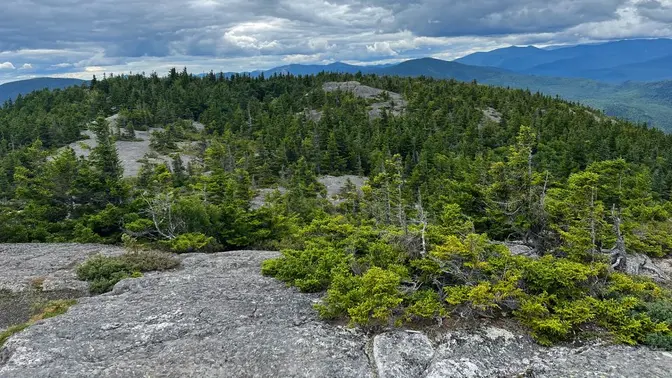
A deep mantle anomaly beneath New Hampshire may have helped the Appalachians stay tall and is moving inland over millions of years.
Hot mantle under New Hampshire helps explain Appalachian resilience
Scientists identify a giant hot blob of rock beneath the Appalachians, called the Northern Appalachian Anomaly. It sits about 124 miles (200 kilometers) below the surface and spans roughly 217 to 249 miles (350 to 400 kilometers) across in the upper mantle. The feature is a thermal anomaly, meaning its temperature is higher than surrounding rock, and it could help explain why the mountains have remained relatively high despite long erosion. A study published in Geology on July 29 links the anomaly to the Greenland–North America separation about 80 million years ago. By tracing the path of mantle material, researchers say the blob has moved about 1,118.5 miles (1,800 kilometers) from its origin near the Labrador Sea, at a rate of about 12.4 miles per million years.
Using seismic imaging, geodynamic models, and plate reconstructions, the team argues that mantle waves and edge-driven convection moved the anomaly inland. When hot mantle material interacts with the edge of thinning continental lithosphere, it can create a series of deep drips that eventually influence surface topography. The authors say the process may have uplifted parts of the Appalachians during the last tens of millions of years, and the current movement toward New York will likely settle the crust again only after long timescales. The research also notes a possible sibling anomaly beneath north-central Greenland, hinting that the legacy of continental breakup shapes Earth far below the surface.
Key Takeaways
"It lies beneath part of the continent that’s been tectonically quiet for 180 million years, so the idea it was just a leftover from when the landmass broke apart never quite stacked up."
Challenging the idea that the anomaly is just a remnant of past breakup
"Heat at the base of a continent can weaken and remove part of its dense root, making the continent lighter and more buoyant, like a hot air balloon rising after dropping its ballast."
Explains the uplift mechanism tied to mantle heat
"It’s exciting to see a new and creative model proposed for the origin of the Northern Appalachian Anomaly."
Expression of support for new scientific ideas
"This sudden movement disturbs the edge of the continent’s root, triggering a chain reaction."
Describes the cascading effects of mantle motion
This study challenges the idea that Appalachian uplift is only a surface story. By pointing to a deep mantle engine, it reframes how geologists view mountain longevity and the long reach of tectonic events. The finding shows how internal heat can act like a slow, persistent force that reshapes the landscape over millions of years.
Yet the model invites questions about certainty. Mantle dynamics are complex and data remain sparse in some regions, so more seismic work and cross-checks are needed. The research reminds readers that our map of the Earth is an evolving story, not a final verdict. It also raises practical questions: how many other regions hide similar deep drivers that quietly sculpt continents long after surface motion seems to have slowed.
Highlights
- Heat at the base of a continent can move mountains in silence
- Deep in the mantle tiny drips rewrite surface scenery
- New ideas open doors to old mysteries
- Seismic waves reveal Earth's hidden playground
As scientists push deeper, the surface story of our mountains continues to evolve.
Enjoyed this? Let your friends know!
Related News
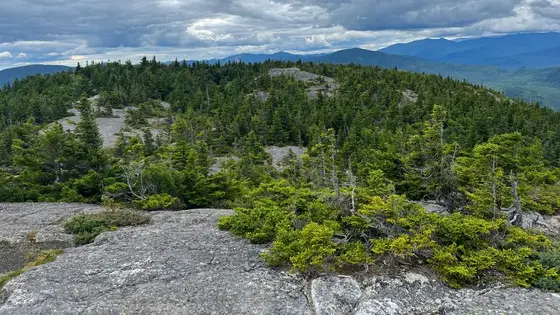
Mantle Blob Beneath New Hampshire Shapes Appalachians

Massive underground blob could reshape New York City

Hot Blob Discovered Beneath Appalachians

Geological Study Links Hot Rocks to Ancient Rift
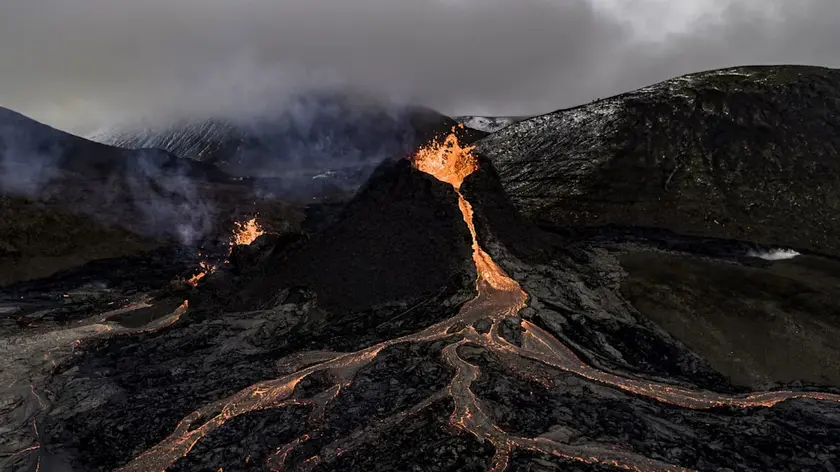
Research explains potential eruption links to underground BLOBs
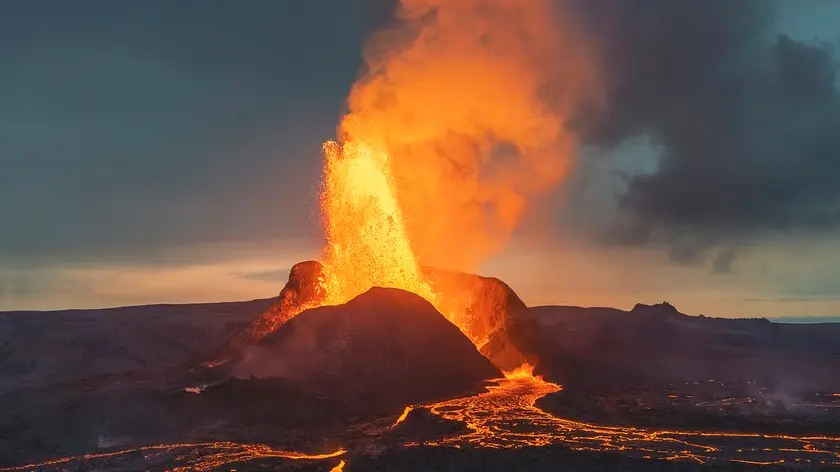
Mysterious blobs under Earth may trigger major volcanic eruptions

Ancient artifacts reveal Earth's magnetic history
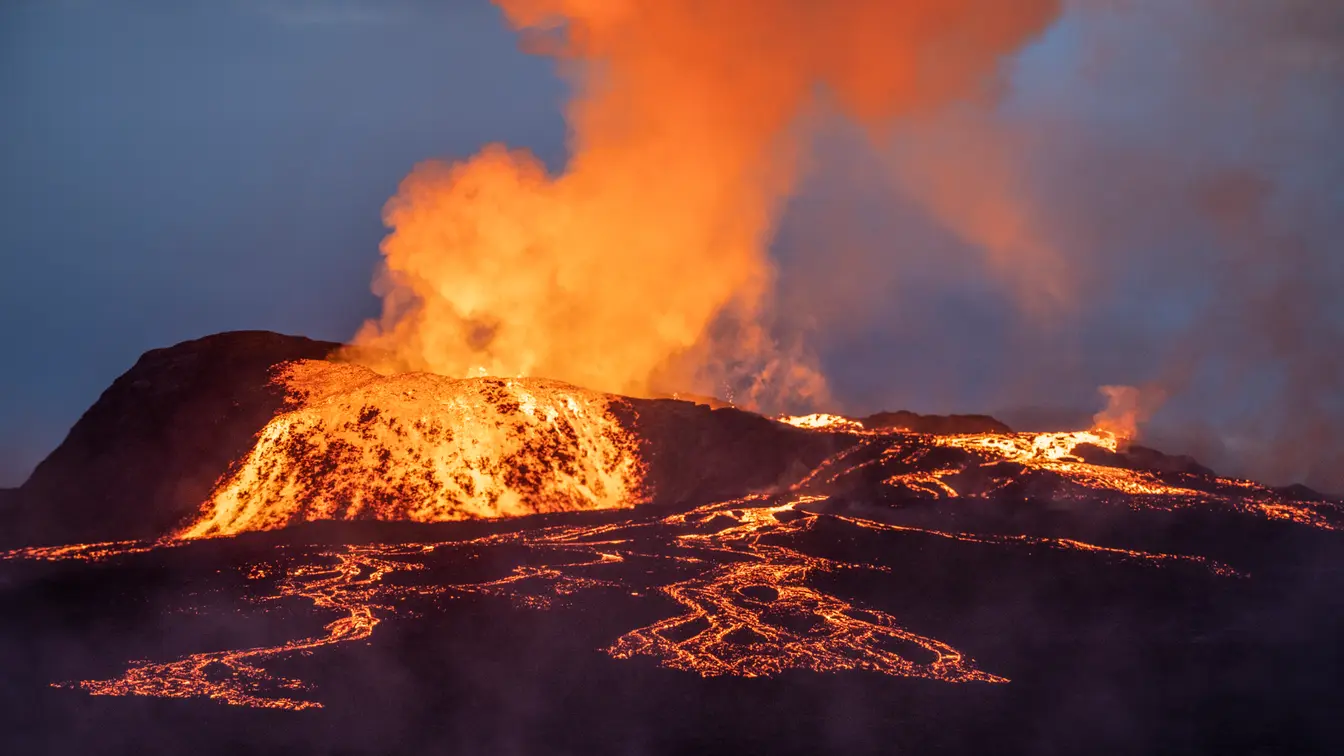
Scientists uncover giant structures linked to ancient eruptions
